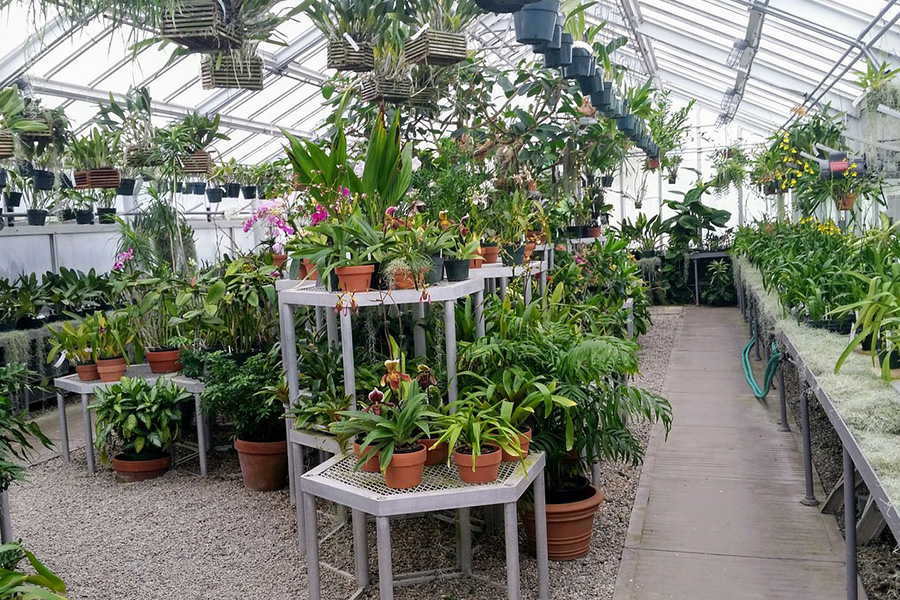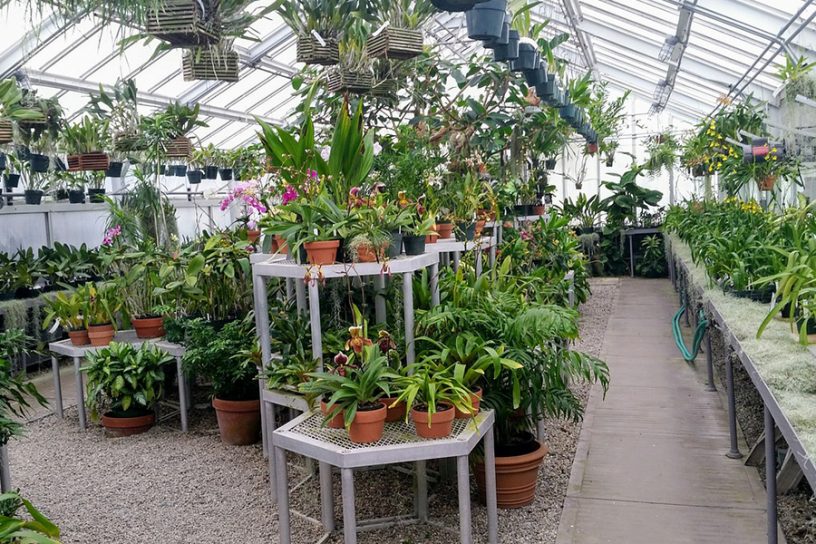
In this paper, the researchers present the core tenets of urban greenery for the urban authorities to consider complementing existing pollution control initiatives.
Authors
Sriroop Chaudhuri, Co-Director, Center for Environment, Sustainability and Human Development (CESH), Jindal School of Liberal Arts and Humanities, O.P. Jindal Global University, Sonipat, Haryana, India.
Arvaan Kumar, Global Reporting Initiative (GRI), South Asia, C/O, BSI Group India, Mira Corporate Suites, Plot No. 1 & 2, Ishwar Nagar, Mathura Road, New Delhi, India.
Summary
Most governmental initiatives in India, to leash down urban air pollution, have yielded little results till date, largely due to purely technocratic vision, which is shrouded by technological, economic, social, institutional, and political hardships.
We present this reflective article on urban greenery, as a proposition to urban authorities (e.g., pollution regulators, environmental systems’ managers, urban landscape planners, environmental policy makers), shift from purely technocratic way of thinking to thinking with nature, by strategic greening of urban spaces, for long-term air pollution prevention and control measures.
To that end, we offer a meta-analysis of recent (post 2005) global literature using four-stage PRISMA (Preferred Reporting Items for Systematic Reviews and Meta-Analyses) approach. We open the narrative by briefing about main pollutant filtration mechanisms by trees, followed by cognitive aspects of species selection (e.g., deciduous vs. evergreen, air pollution tolerance index, environmental stressors).
Till date, most Indian studies on urban greenery mostly but focused on physiological aspects of trees. Here, we draw attention of urban authorities to an equally compelling, but yet less explored, aspect: design criteria, with reference to two most common urban configurations, namely, street canyon and open road.
With pictorial depictions, we enumerate various categories of street canyons and discuss aspect ratio (building height to street width) and various wind flow regimes (isolated roughness, wake interface, and skimming), that the urban authorities should be cognizant about to maximize pollutant removal efficiency.
For open road, we discuss vegetation barriers, with special emphasis on canopy porosity/density functions. In the final sections, we reflect on a potential systems’ thinking approach for on-ground implementation, comprising of revamping of urban forestry programs, research and development, community mobilization and stakeholder engagement, and strategic outreach.
In addition, we emphasize on means to harness co-benefits of urban greenery, beyond mere pollutant removal, to garner support from urban residents’ communities. Last but not the least, we also caution the urban authorities about the undesirable outcomes of urban greenery that will require more process-level research.
Published in: Environmental Monitoring and Assessment
To read the full article, please click here.


